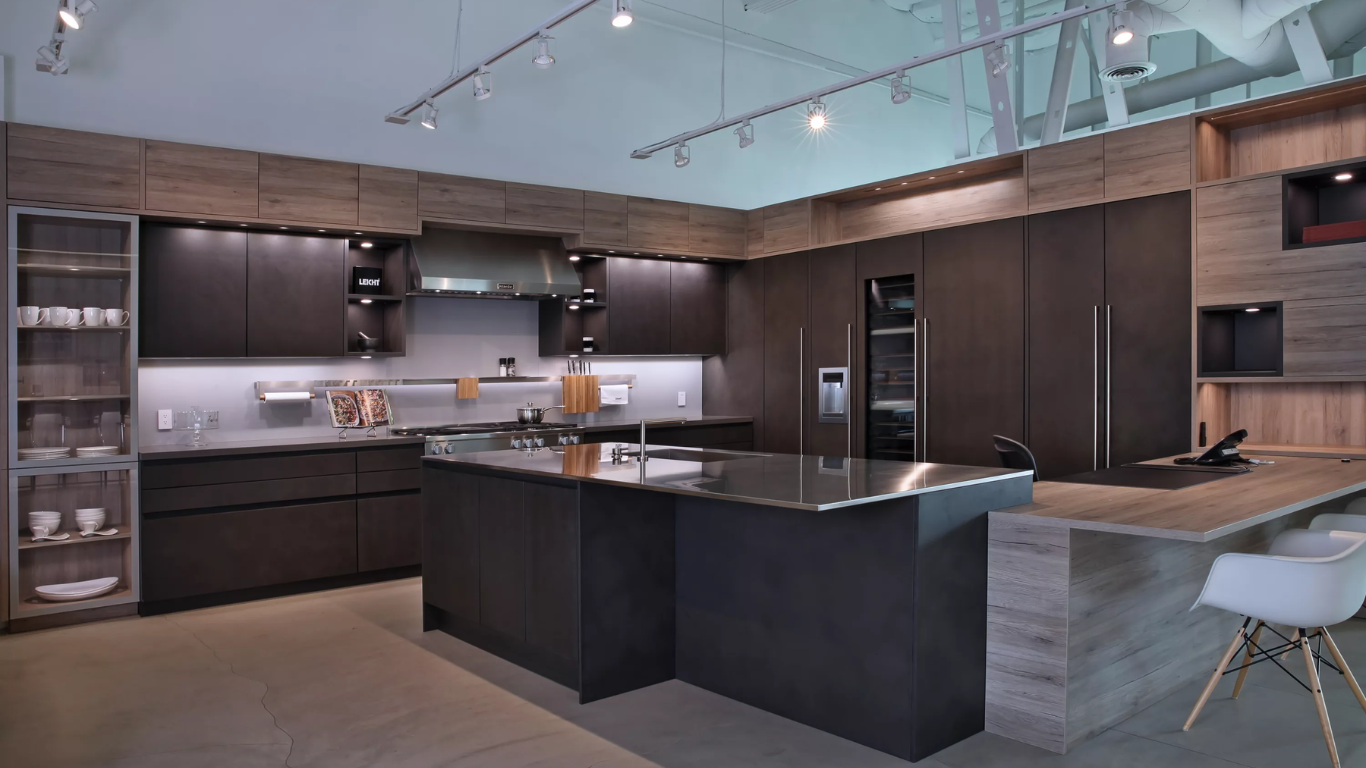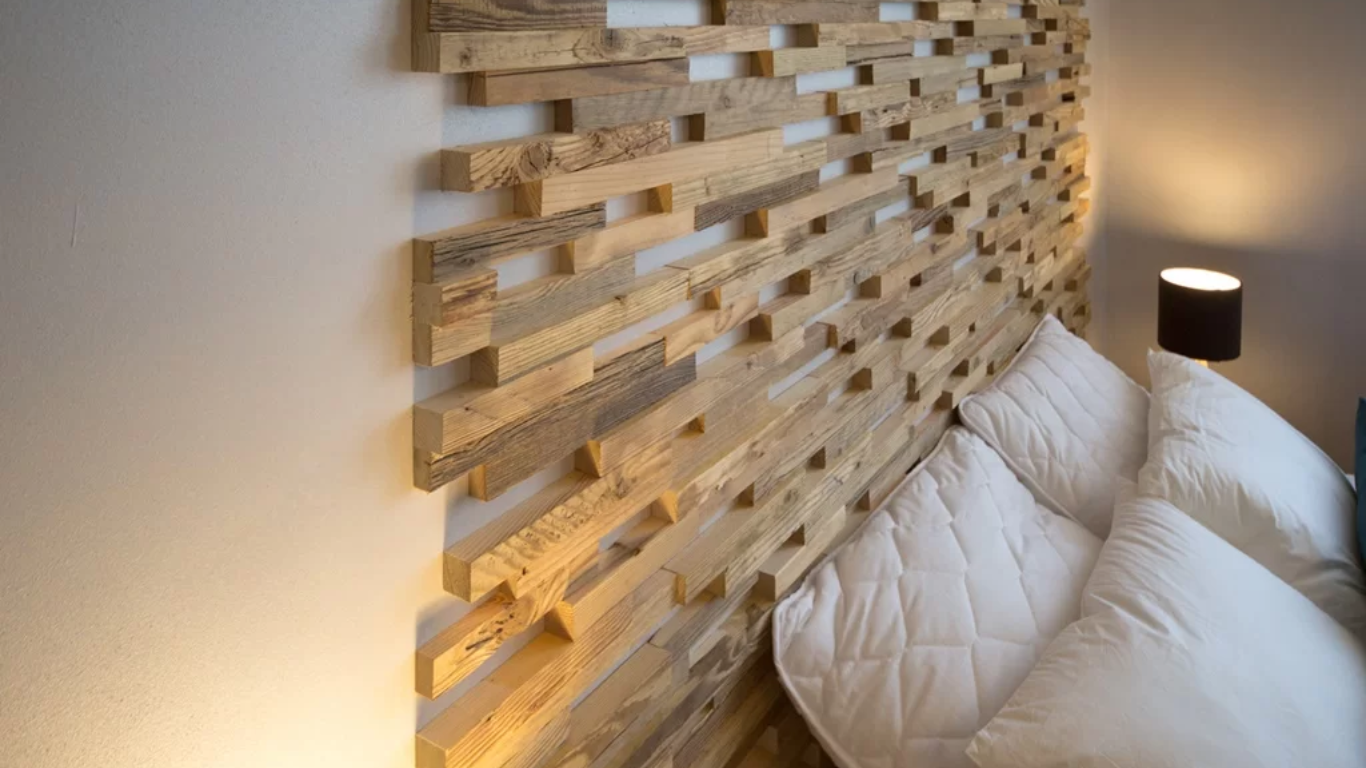An Oriental kitchen blends traditional design principles with modern functionality, creating a warm and inviting space that reflects the beauty of Asian cultures. If you’re looking to revamp your kitchen into a breathtaking oriental haven, this guide will inspire you to embrace natural materials, vibrant color schemes, and elegant decorative accents that define the oriental aesthetic.
Understanding Oriental Design
Oriental design is deeply rooted in harmony, balance, and connection to nature. It draws heavily from East Asian influences, particularly from Chinese, Japanese, and Korean traditions. The key to an Oriental kitchen is to create a peaceful and functional space that reflects cultural appreciation and mindfulness.
Key Design Principles:
- Balance: Symmetry and balanced proportions are essential, with layouts designed to promote ease of movement and a clutter-free environment.
- Connection to Nature: This design style focuses on incorporating natural elements and materials to establish a calming and organic atmosphere.
- Cultural Significance: Whether it’s the use of calligraphy, ancient symbols, or regional accents, every element carries cultural meaning, adding depth and character to the space.
Key Elements of an Oriental Kitchen
Transforming your kitchen into an Oriental-inspired retreat starts with understanding its core design elements. By focusing on materials, colors, and décor, you can easily replicate the timeless beauty of Oriental interiors.
Natural Materials: Bringing Nature Inside
One of the defining features of an Oriental kitchen is its use of natural materials that create a serene and earthy environment. Wood, stone, bamboo, and other organic elements give the space warmth and authenticity.
- Wood: Opt for light or dark wood tones for cabinets and flooring to evoke the traditional feel of an Asian kitchen.
- Stone: Countertops or backsplashes made from stone, such as granite or marble, add durability and a natural touch.
- Bamboo: Integrating bamboo in furniture or décor offers a sustainable and aesthetic option that enhances the organic vibe.
Color Schemes: Harmonizing Vibrant and Tranquil Tones
The color palette in Oriental design is carefully chosen to reflect both vibrancy and calmness. Shades of red, gold, and black are often used to symbolize prosperity, elegance, and strength, while lighter hues like white, cream, and soft pastels provide balance.
- Red and Gold: These traditional colors represent wealth and good fortune. Consider red cabinets or gold-trimmed accents to add a regal touch.
- Black: Often used in furniture or light fixtures, black gives the space a sense of modernity and sophistication.
- Earthy Tones: Shades like terracotta, beige, and soft greens can be used in tiles or walls to tie the space to nature.
Decorative Accents: Adding Character and Charm
No Oriental kitchen is complete without decorative elements that enhance its cultural roots. Choose accents that celebrate craftsmanship, tradition, and attention to detail.
- Calligraphy and Art: Hang framed calligraphy or traditional Asian artwork to add elegance to your walls.
- Lanterns: Use lantern-style lighting fixtures to create a soft and inviting glow, capturing the essence of Eastern interiors.
- Carvings and Sculptures: Intricate carvings in wood or metal can be used as wall décor or furniture details, adding texture and artistry to the kitchen.
Creating a Focal Point: Making a Bold Statement
Every well-designed Oriental kitchen should have a focal point that draws attention and anchors the space. This could be anything from a feature wall adorned with Asian-inspired tiles to a bold piece of furniture.
- Feature Wall: Design a backsplash or an entire wall with Oriental patterns or nature-inspired murals to create a stunning visual element.
- Statement Furniture: A large wooden dining table or kitchen island made from rich materials can act as the centerpiece of the room.
- Unique Lighting: Choose lighting fixtures that not only provide illumination but also serve as artistic pieces. Pendant lights inspired by traditional lanterns are a great option.
Incorporating Oriental Cuisine: Designing for Asian Cooking
Oriental cuisine requires specific kitchen elements for functionality and ease of use. When designing your Oriental kitchen, consider the needs of preparing and cooking Asian dishes.
- Wok-Friendly Stove: An ideal Oriental kitchen has a stovetop designed for wok cooking, which requires high heat and quick preparation.
- Ample Counter Space: Asian cooking often involves many ingredients and techniques, so having plenty of counter space is essential.
- Storage for Ingredients: Integrate pantry storage for essential Asian ingredients like soy sauce, rice, and spices, keeping them easily accessible.
DIY Tips: Budget-Friendly Ideas for an Oriental Kitchen
Transforming your kitchen into an Oriental sanctuary doesn’t have to break the bank. With these practical DIY tips, you can incorporate Oriental elements on a budget:
- Upcycle Furniture: Repurpose old wooden furniture by adding an oriental twist with paint or carvings.
- DIY Lanterns: Create your own paper or fabric lanterns to hang over your dining area for an authentic touch.
- Accent Pieces: Add small decorative items like bamboo placemats, chopstick holders, or porcelain dishes to give your kitchen an Oriental feel without major renovations.
Conclusion: Embrace the Beauty of an Oriental Kitchen
An Oriental kitchen is more than just a design choice—it’s a way to bring balance, elegance, and cultural richness into your home. Whether you’re starting from scratch or simply looking to update your current space, incorporating the principles of Oriental design can transform your kitchen into a harmonious and inspiring environment. Embrace natural materials, vibrant colors, and thoughtful accents, and enjoy the timeless beauty of an Oriental kitchen.





